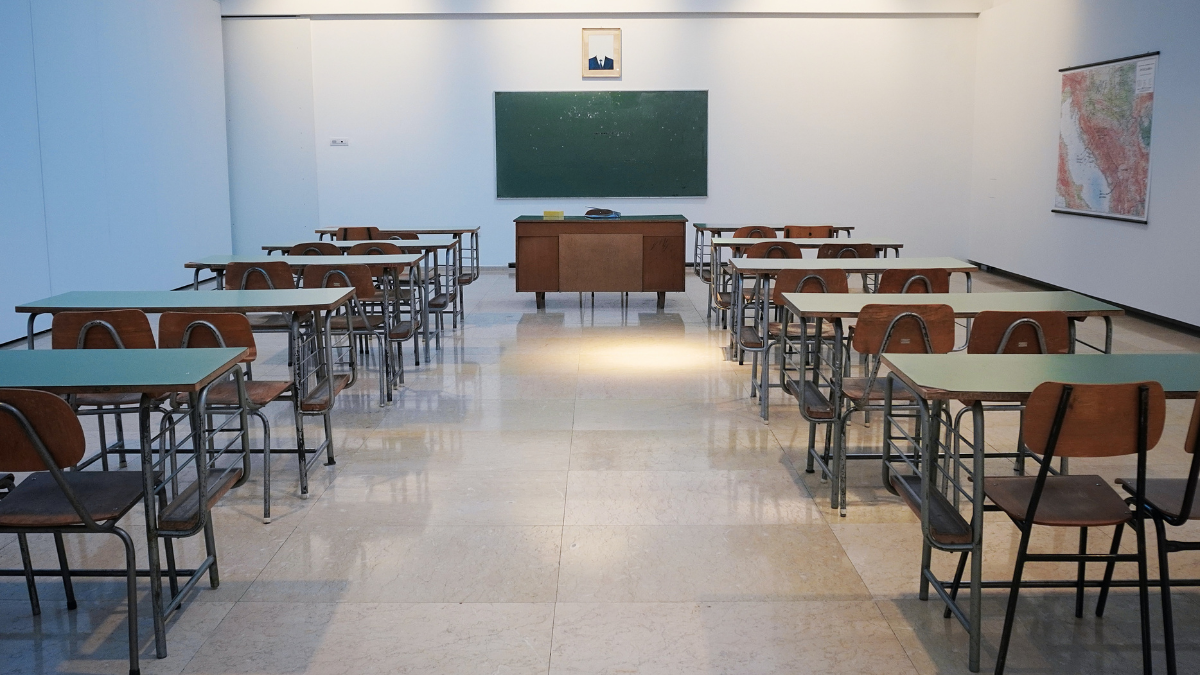

States Release School Report Cards (and the Results Aren’t Good)
Education has shifted from true academic standards to theory and pedagogy.
09/29/23
John Stonestreet

In September, most U.S. states released their public school “report cards.” These reports are intended to evaluate for parents, community leaders, and policymakers the quality of education being offered across the state. By federal law, report cards must measure academic performance and graduation rates. Of course, these assessments are only helpful if they make sense. Many don’t.
For example, Ohio’s Department of Education, following a few other states, recently stopped using letter grades on its statewide school report cards. Among the reasons is that lawmakers thought that an “F” just sounded too harsh. Now, the Ohio school report card is based on a “star” system. However, like real stars that seem to float in midair, the star system is based on a made-up and confusing “point” system. According to the chart that “explains” the scores, 4.5 stars may be equal to 4.125 points but not lower than 3.625 points.
U.S. schools were struggling before the pandemic, and they haven’t gotten much better. The White House recently sounded the alarm about the chronic absenteeism in public schools, something that skyrocketed during the pandemic and has not significantly improved since, and its strong correlation to worsening math and reading scores across the country. Only 32% of American fourth graders are considered “proficient” in reading.
Still, unless a problem is properly understood, it cannot be helpfully addressed. State report cards should be helpful in diagnosing the crises facing public education, but they aren’t. In fact, they seem almost intentionally unhelpful. For example, last year’s report card for Ohio rated almost 90% of school districts as “meeting state standards.” However, the same report card, if you know where to click, reported that almost 40% of Ohio’s third graders are not proficient in reading.
Ohio’s school report card doesn’t exactly evaluate student competencies in academic subjects at all. Three out of five stars instead marks (1) progress from the previous year’s report card, (indicating that a terrible year was followed by a merely bad year), (2) a “closing the gap” for minority populations (which also could be an indication of an incremental gain rather than success), and (3) overall graduation rates, which includes “joining the military” or becoming an apprentice. In other words, not actually passing required exams.
Partly to blame is a shift in how we think about education across the board; a shift that trickled down from institutions of higher learning to now infect public schools. As T.S. Eliot observed, every philosophy of education emerges from a philosophy of humanity. In our context, educators spend an inordinate amount of their preparation on educational theory and pedagogy. This has shifted the focus of their preparation from the what and the why to the how. The result is a generation of teachers fully up on the “social and emotional dynamics of learning” but who nevertheless fail to teach their second graders basic phonics.
Recently in First Things, R.R. Reno described these “depressing results” out of Baltimore City public schools:
In a number of schools, not a single student was doing math at grade level. In the system overall, only 7 percent of third through eighth graders were proficient. Meanwhile, at the July convention of the National Education Association, delegates committed the organization to working against legislation that limits LGBT propaganda in school. The kids can’t do long division, but rest assured, they’re fully catechized in the finer points of sexual liberation, learning to say “birthing parent” and “non-birthing parent” rather than “mother” and “father.”
Of course, there are many admirable teachers in both public and private schools across America, teachers who are concerned about what matters most and who are skilled at passing this on to the next generation. What we’re talking about here is a systematic problem, a crisis in public education that runs deep. Obscuring the problem to protect institutions whose administrators view an “F” as sounding too harsh won’t help.
Rather, education will need to be rethought at a worldview level. If human beings are made in the image of God, then to know is to know the mind of the Creator. From this solid ground, ancient Christians gave the world the concept of universal education. If God has revealed Himself and wants to be known, and not just by the elite or the rich or the clergy, real knowledge is possible. And kids should be treated as knowers, not as social experiments, mini political activists, or trusted authorities on everything from gender to climate change.
The White House’s press release on chronic absenteeism ended with the assertion that, “the road to recovery runs through the classroom.” Obviously, kids will need to show up if they are to learn, but what happens when they do show up matters more. Specifically, the what and the why, not just the where and the how.
For more resources to live like a Christian in this cultural moment, go to breakpoint.org.
Have a Follow-up Question?
Up
Next

Related Content

© Copyright 2020, All Rights Reserved.













